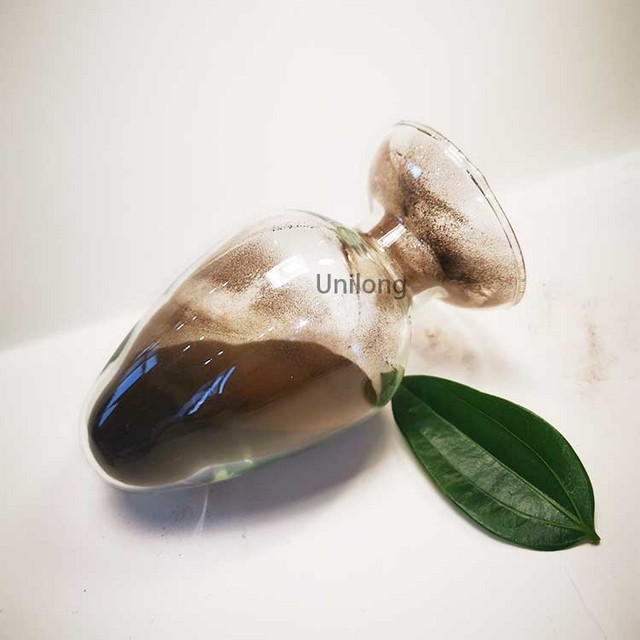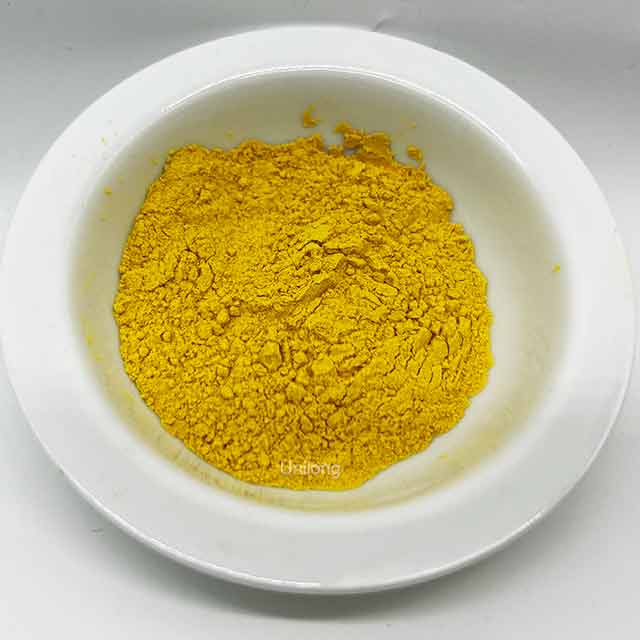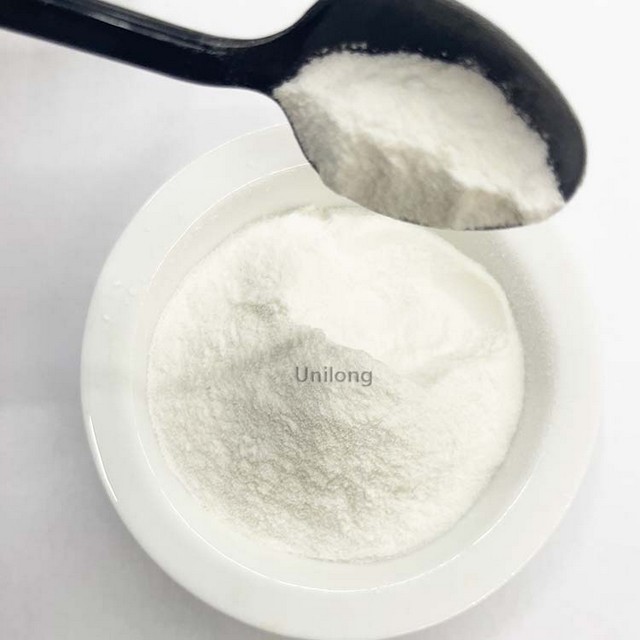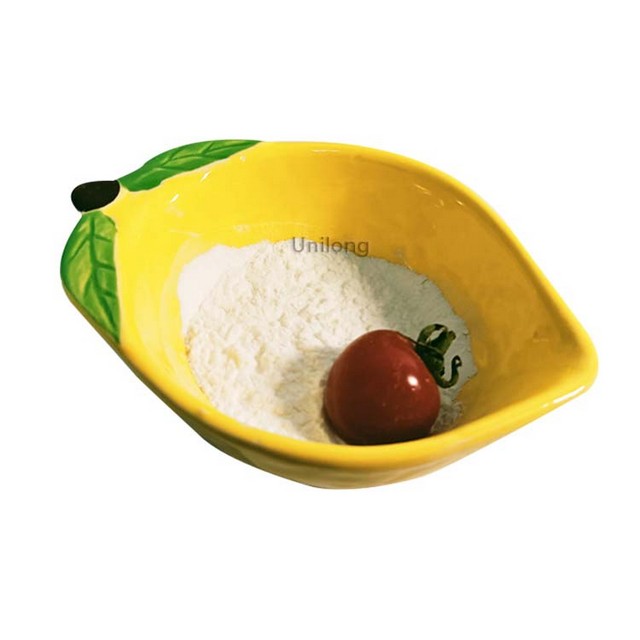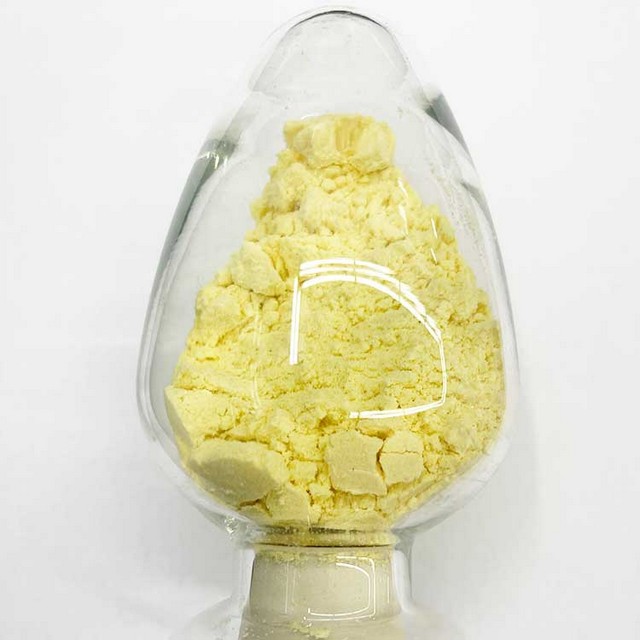CAS: 123-73-9
Formule moléculaire:C4H6O
Poids Moléculaire:70.09
EINECS:204-647-1
Synonymes:Crotonaldéhyde, principalement trans; CROTONALDÉHYDE, 90%, PRINCIPALEMENT TRANS; CROTONALDÉHYDE STABILISÉ; CROTONALDÉHYDE, 98%, PRINCIPALEMENT TRANS; CROTONALDÉHYDE, 99+%, PRINCIPALEMENT TRANS; CrotonaldehydreForSynthesis
Qu'est-ce que Crotonaldéhyde CAS 123-73-9?
Crotonaldéhyde est sujette à diverses réactions telles que l'oxydation, la réduction, l'addition, la polymérisation, etc., et, progressivement, s'oxyde en crotonic acid au contact de l'air. En outre, la vapeur de crotonaldéhyde pouvez facilement former des mélanges explosifs avec l'air; Forte réaction avec les oxydants peuvent causer de combustion et d'explosion lorsqu'ils sont exposés au feu ou à une chaleur élevée.
Spécification
| Article | Spécification |
| Point de fusion | -76 °C(lit.) |
| Densité | 0.853 g/mL à 20 °C(lit.) |
| Point d'ébullition | 104 °C(lit.) |
| Point d'éclair | 48 °F |
| la résistivité | n20/D 1.437 |
| Les conditions de stockage | 2-8°C |
Application
Crotonaldehyde can also be used to produce foaming agents for mineral processing, dyes, rubber antioxidants, insecticides, and military chemicals. Industrial grade butenal is actually a mixture of trans isomer and cis isomer [4170-30-3]. But the cis isomer is unstable, with a content of less than 1%.
L'emballage
Emballage personnalisé

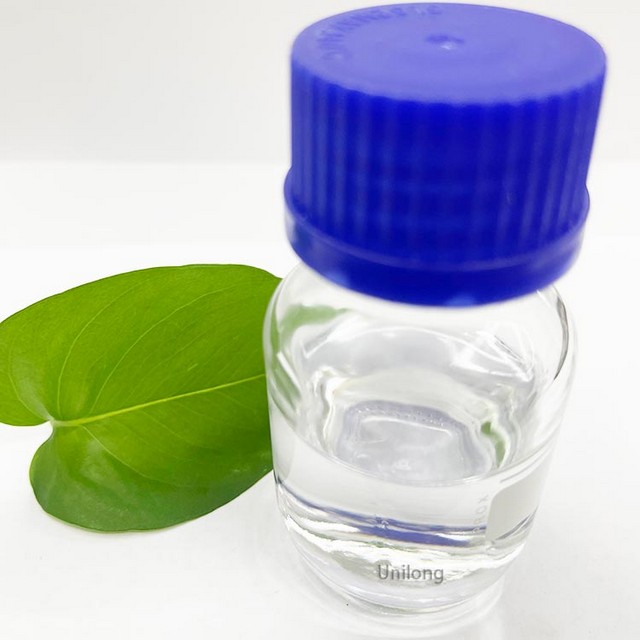
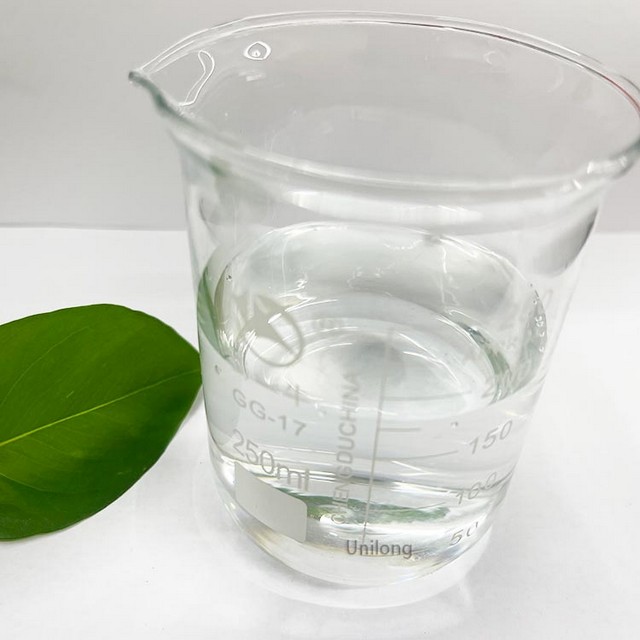
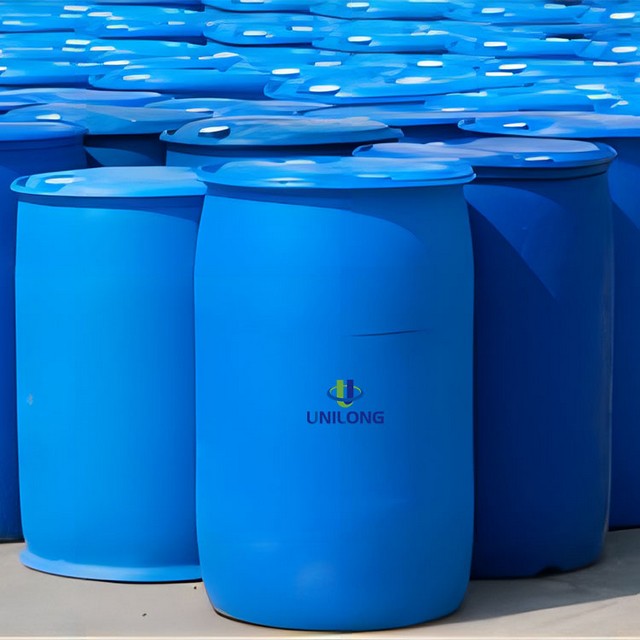
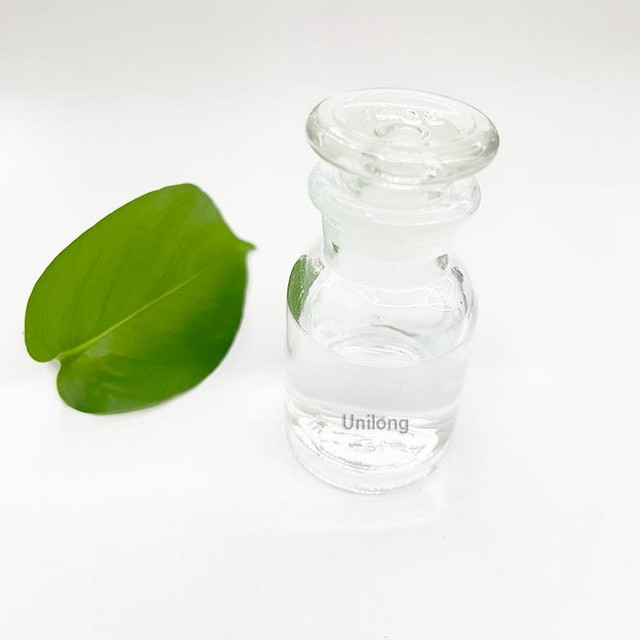
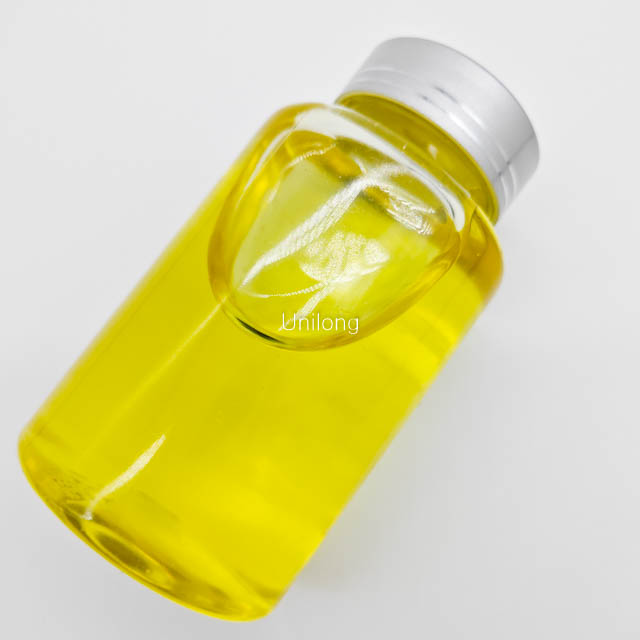
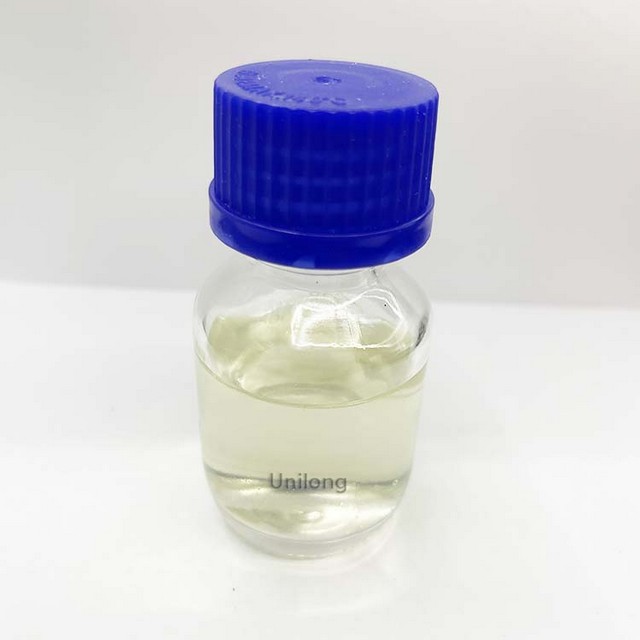
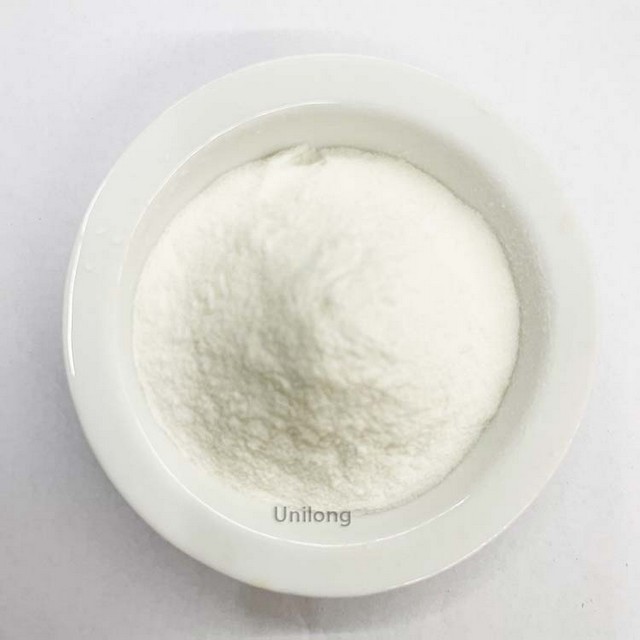
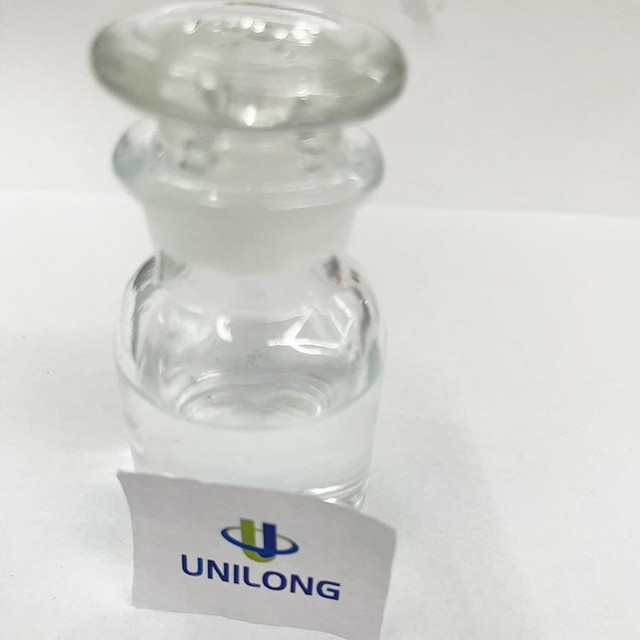
![2,7-Dichloro-alpha-[(dibutylamino)methyl]-9H-fluorene-4-methanol CAS 69759-61-1 10 Lumefantrine Stage-yellow](https://unilongindustry.com/wp-content/uploads/2022/02/Lumefantrine-Stage-yellow.jpg)
